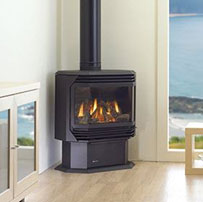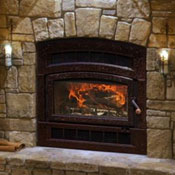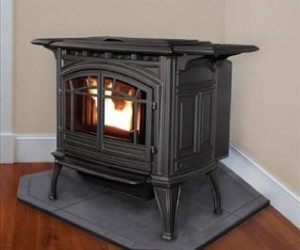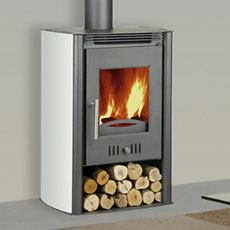When you install a new stove or a new fireplace, you may have to update your chimney ventilation system. You may need to build an entirely new chimney, you may need to streamline your venting, or you could use the opportunity to improve an inefficient ventilation...
Efficiency
Here’s How to Update your Existing Fireplace, Sudbury
It might be time to update that aging fireplace, Sudbury, and give your wallet a break. Old wood burning appliances can be very energy inefficient, wasting your fuel and money. But before you head out to the showroom, think about what exactly you want to invest in....
How You Can Significantly Reduce Your Energy Bills
The effectiveness of wood heating is impacted by a host of factors. Quality of fireplace or stove and quality of fuel are both important to consider when working to reduce your energy expenditures during the arduous winter months. REDUCE COSTS LONG TERM BY INVESTING...
Antique vs. Modern Wood Stoves
Clean burning wood stoves- Sudbury’s popular form of supplementary wood heating, are now more than ever, a great choice to meet the needs of environmentally conscious home owners. According to the most recent information available from the Ontario Centre for Climate...




